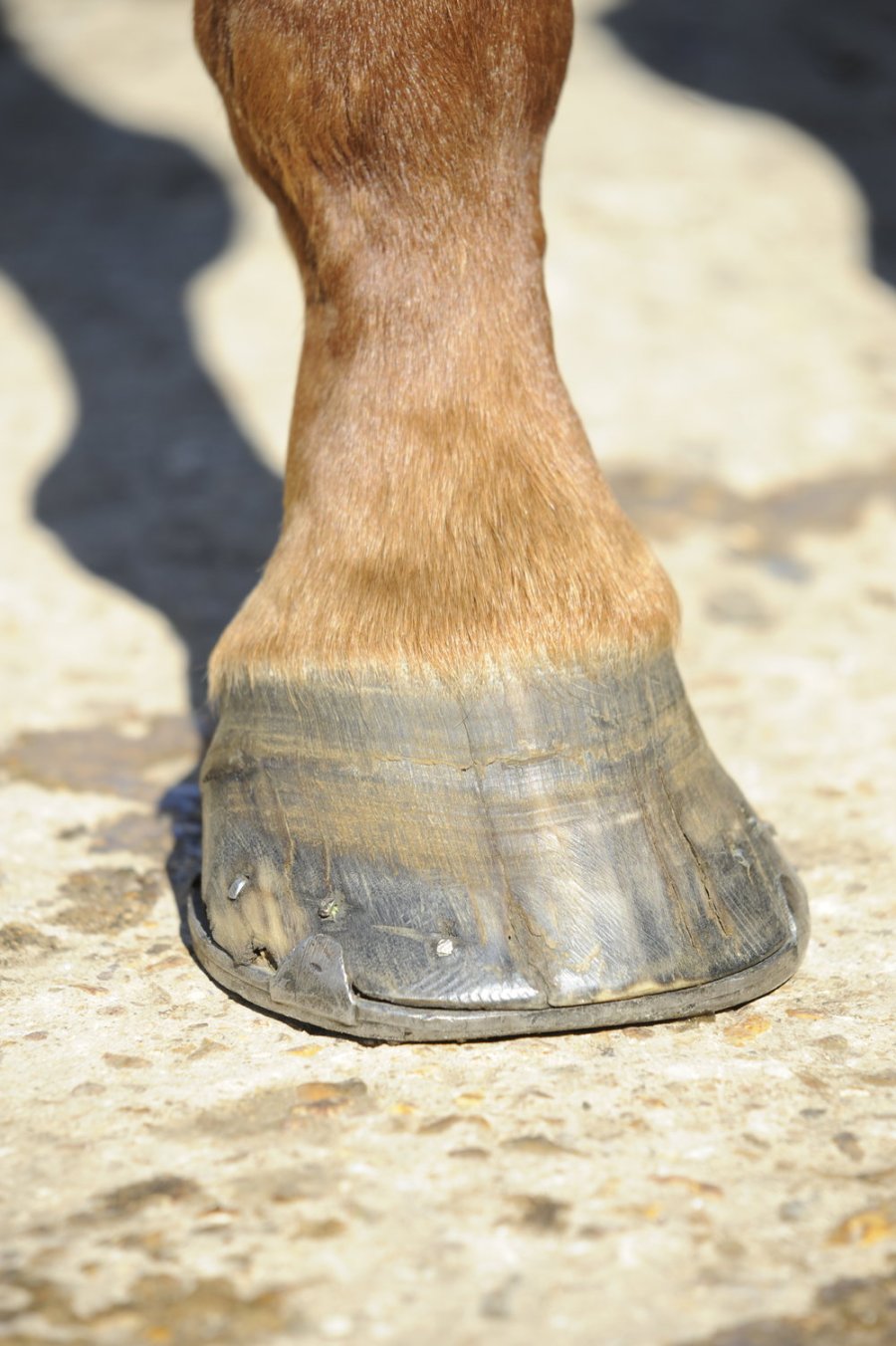Cracked hooves = nightmare! So, to help you manage them effectively we’ve got some handy tips and advice.
First things first, when treating hoof cracks the most important thing is to identify the cause. Cracks in the toe are most often caused by:
- Over-long hooves causing strain in the hoof wall
- A foot imbalance, or lack of support in the toe region from an overly set back shoe
- An injury and subsequent scarring to the coronary band that causes a fault in the hoof wall. This will have a propensity to split and allow bacteria and fungus into the structure of the hoof
If it’s a very superficial crack that’s complete from coronary band to ground it’s possible this happened as a result of an old trauma to the coronary band. This may have caused a scar in the horn producing coronary corium, the result of which is a gap in horn production or an area of weakened horn.
This type of crack will widen at the base as bacteria and fungus invade the area. The infection at the bottom needs to be debrided of necrotic tissue and cleaned with a product that treats both bacteria and fungus. Original Cornucrescine rubbed into the coronary band will help reduce the scar tissue, as well as increasing the rate of hoof growth, which will, over time, reduce and eventually eliminate the fault in the hoof wall.
If the crack is of a structural nature your farrier can open up and clean the crack before applying a plastic filler such as Imprint Granules. These have the same strength and flexibility as hoof and will hold the sides of the crack firmly while allowing natural hoof movement. This will stop the crack extending into newly produced hoof and, over the course of about a year the fault, and the plastic filler, should grow out.









